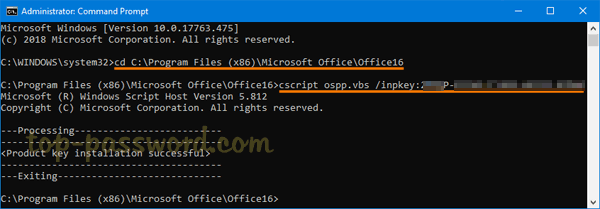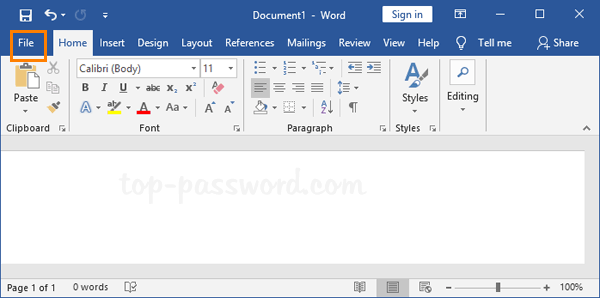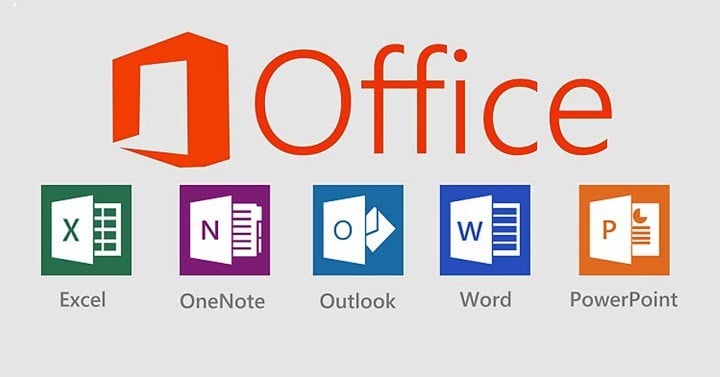

- #Downgrade office home and business 2016 to 2013 how to
- #Downgrade office home and business 2016 to 2013 install
- #Downgrade office home and business 2016 to 2013 update
- #Downgrade office home and business 2016 to 2013 windows
#Downgrade office home and business 2016 to 2013 windows
Older Windows version: Right click on the Start button and choose Command Prompt (Admin). Windows 10: Start typing cmd on the Start screen in the task bar search field to find the Command Prompt then click Run as Administrator Now you’re ready to roll back the click-to-run installation.

#Downgrade office home and business 2016 to 2013 install
In many cases, the “bad” file will be removed or replaced with a corrected update, and you can allow Office to install updates without reinstalling "trouble" after a few weeks have passed. Next, create an appointment in your calendar for 30 days from now to remind yourself to check for updates.
#Downgrade office home and business 2016 to 2013 update
In Outlook (this is an Outlook help site after all), go to File, Office Account, Update Options and click on Disable Updates. You can disable updates from the File menu in any Office application. If you don’t disable updates, the problem update will reinstall itself. After clicking continue, your web browser will load with Microsoft's recommendations for the next steps to resolve any discovered issues with Microsoft Office.First, you need to disable Office updates. Note: You may be asked to insert the Office 2007 installation disk during the Setup Diagnostic.Īfter running the diagnostics, a results page will be displayed. To begin, go to the Start Menu > All Programs > Microsoft Office > Microsoft Office Tools, and then click on Microsoft Office Diagnostics.Īfter Microsoft Office Diagnostics opens, click Continue on the first page.īy default, all of the diagnostic tests are enabled, so you may click on Run Diagnostics to proceed with diagnosis and repair.įor a summary of each diagnostic, visit Microsoft's site. You may be prompted to reboot your computer to apply all changes and complete setup. This process may take a few minutes, but after completion, you will be prompted to exit and restart any open Office programs. Note: The exact title of Microsoft Office 2010 may depend on the version installed on your computer.Īfter the dialog box loads, choose the Repair option and click Continue.Highlight Microsoft Office 2010, and click on Change. To begin, click on Start and then Control Panel.Īfter the Control Panel window opens, click on Uninstall a Program.Ī list of all installed programs should now appear. This is normal, once it is fully done, click close and attempt to use a Microsoft program. Partway through the repair process, your computer will look like the image below.This may take some time, depending on your Internet connection and your computer. You will need to close all Microsoft programs before clicking repair, this includes Skype.

#Downgrade office home and business 2016 to 2013 how to
This document explains how to correct Microsoft Office if it is not working or crashes frequently.


 0 kommentar(er)
0 kommentar(er)
